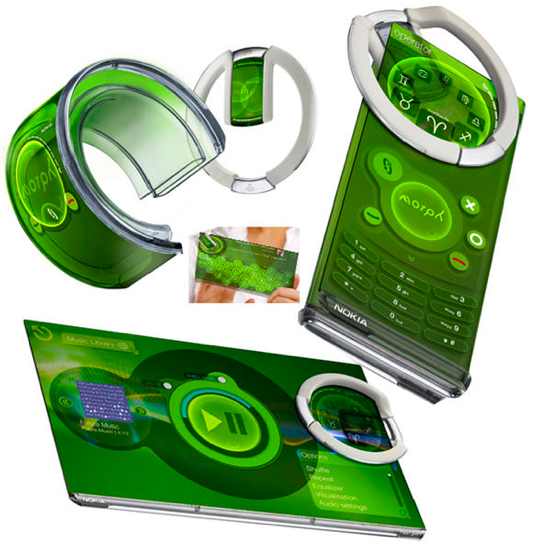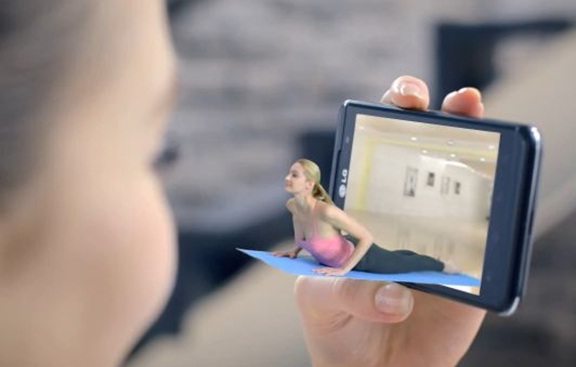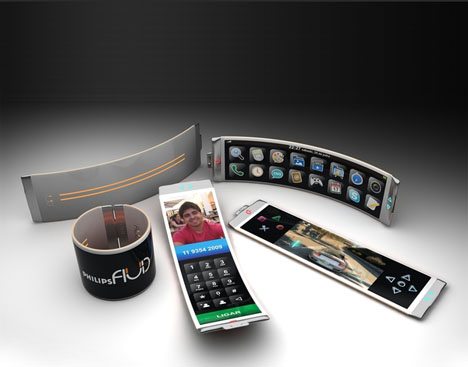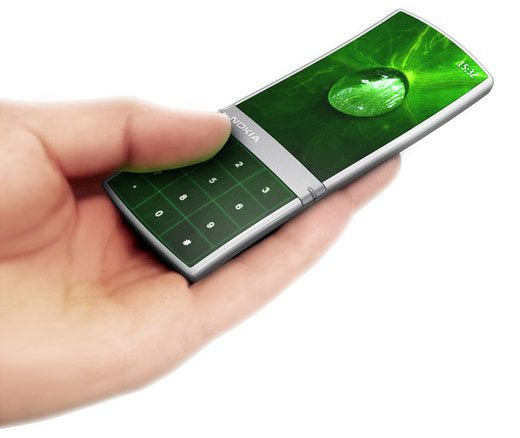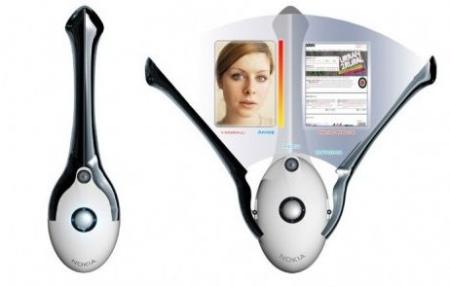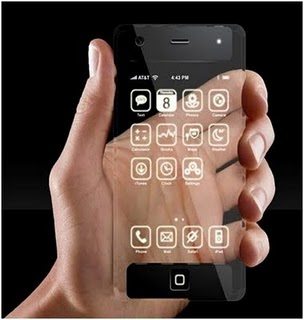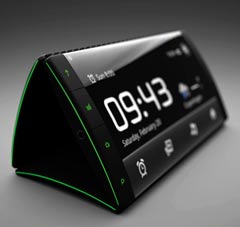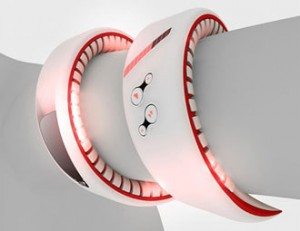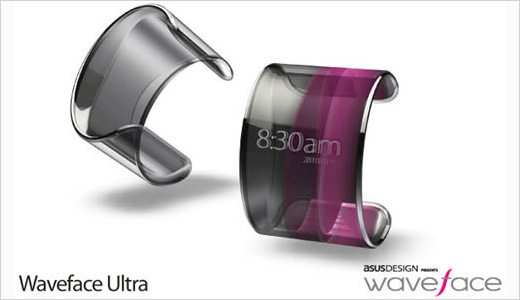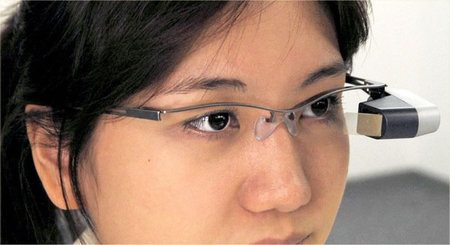Future smartphones will be almost human, blurring the lines between mechanics and organic
20 years ago, cell phones were nothing more than a barely pocket-able device that allowed you to reach out to anywhere in the country for $1 per minute. Today, the cellphone has turned into the smartphone, and the landscapes for its capabilities are infinitely more than we ever imagined. We see smartphones coming very close in use, features and performance to the computer. Smartphones are all the rage in every gadget newspiece on the internet, and for good reason. They continue to advance, and offer us devices that are smarter, faster, and just plain cool. It doesn’t even take a computer science major to operate them. Basic computer classes or just common sense aren’t even necessary to access all the features.
Today smartphones can access the internet at high speeds; they have a hell of a lot of storage; and processing power of smartphones is greater than the 1970s supercomputer that took up a full room of real estate. We see smartphones these days in the form of watches, and those that house a real working pico projector right in their internals. I didn’t even touch on the fact that today’s smartphone allows us to listen to music, pay for merchandise with NFC technology, watch live TV, take high-res pictures and HD video, play games, and have a full HTML web browsing experience….right from the palm of our hands.
So what more could smartphones possibly do, say in another 10 years? It’s a pretty safe bet that what we see today will be refined with more intuitive interfaces, graphics that will blur the lines of print and reality, and a web browsing experience that will border on virtual reality. But maybe what smartphones can’t do today is the very essence of what they will be like in the future…not just improved features and functions, but very different beasts all together.
Today, smartphones are somewhat static. In other words, they require us to be engaged with them. They require manual input, and when we aren’t using them, they sit idle.
So probably by 2020, we are going to see a completely new type of device, one that will engage US, and not visa versa. We already see marketing companies collecting information about the way we use our smartphones through things we enter into our smartphones. The paradigm shift will occur when smartphones can do this without input from us humans.
These new gadgets will be able to collect information and analyze situations on the fly. We’re talking artificial intelligence here. An example would be if someone verbally schedules a lunch with someone, the smartphone would automatically be able to enter the event into your calendar. Or if the sun is setting, it might remind you that it’s time to make dinner….or better yet, order it out for you…..automatically.
What is stopping the smartphone from performing tasks like that now? It has to do with the current architecture with which phones are developed. For a smartphone to actually be engaged in your daily life, many more sensors and sensor-related components must be added to really grab information from its living environment.
The bottom line is your phone will need to know everything about you and your surroundings, what you do, how you feel, etc. These sensors might take the form of wearable wireless sensors we wear on our body, or on our clothing.
Another sensor option is to have them located in our environment to grab data and communicate it wirelessly to your phone. The “cloud” will have a lot to do with this architecture, allowing us to be interconnected with data centers and servers. In other words, with the “cloud”, sensors and wireless technology, a smartphone will be able to perform all of the 5 senses we humans possess, and be able to manipulate that data that will turn the smartphone into a virtual human assistant.
Today, we see nanotechnology as a real possibility to make these things I’ve mentioned become a reality. Nanotechnology has the benefit of small size and energy efficiency. Physically speaking, smartphones will take the shape of wearable devices, screens that can roll up and screens fit in the lens of a pair of glasses or contact lens.
What we see today is nothing compared to the technology that’s in the pipeline. The future is ripe for devices that will continue to increase in power, function, convenience and efficiency, and we should see these new gadgets not just helping us humans out, but actually acting like us as well.
Check out the roll-up screen already in the works…

